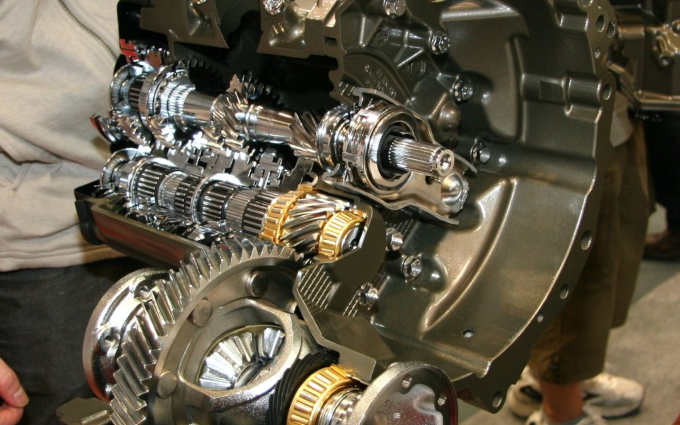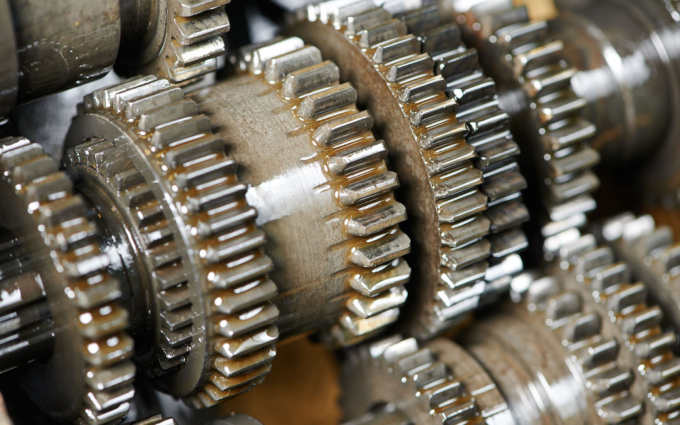Unless it’s a lemon, most cars will run well past the 100,000 miles mark if they are maintained well. It exclusively involves regular maintenance service, changing oil and lubricants at recommended intervals, and ensuring your transmission is in tip-top condition.
Your vehicle’s transmission is what helps your car move with little effort from the engine. True, your vehicle’s transmission is one of the most expensive and complex components in any road-going vehicle other than its computer. Transmission repairs is one of the most expensive fixes for any road-going vehicle, and for older cars, a transmission fix job can cost as much as getting another car. If you own an old vehicle, chances are you are paranoid your transmission might be on its final days. However, keeping your vehicle’s transmission clean and operating well ensures a longer life.
Related: 5 Signs of A Dying Transmission
Related: AAMCO Auto Tune-Up Service
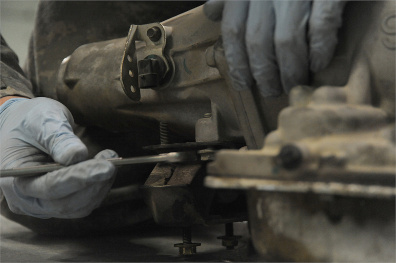
Signs Your Transmission Might Be Failing
Being a smart vehicle owner means knowing the warning signs associated with different components of your vehicle. And you don’t need to be a DIYer or know a lot about cars to get this information either. Taking preventive action by scheduling a regular maintenance service can also help you get wind of these issues before they get out of hand. The following are signs you can detect on your own that indicate something may be wrong with your transmission:
Hesitation: When there is a noticeable delay when your transmission shifts from one gear to the next or you experience rough shifts between gears is a clear indication of transmission problems.
Burnt smelling fluid or Discolored fluid: When your transmission fluid turns dark or smells burnt when you remove the dipstick is an indication that your transmission is failing.
Illuminated check engine light: This is often accompanied by delayed shifting and can be diagnosed by using an OBD II reader tool or visiting your local auto car care center to determine the problem.
Strong odors: When you experience a burning odor when driving on a hill, towing or carrying heavy cargo could be a result of your transmission overheating or being overworked.
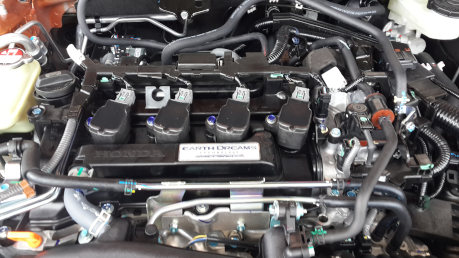
How Can I Maintain My Old Manual Transmission Vehicle?
Manual transmission vehicles are not popular nowadays. Still, if you are one of the few vehicle owners with a manual transmission vehicle, you have a lot less to worry about when it comes to maintaining your old transmission.
A manual transmission system has a simpler mechanical construct compared to an automatic transmission vehicle that comprises of hundreds of moving parts. Often, your manual transmission vehicle will become problematic due to driving style and user error when engaging the clutch or shifting.
To better care for your manual transmission vehicle. Check your manufacturer’s recommended service schedule for details on the fluid change. Manual vehicles often need less changing when it comes to transmission fluid compared to an automatic transmission and costs less than $100. Manual transmission repairs are also less costly, and replacing a unit can cost between $1,500 to $3,000 compared to an automatic transmission system that costs $4,000 or more.
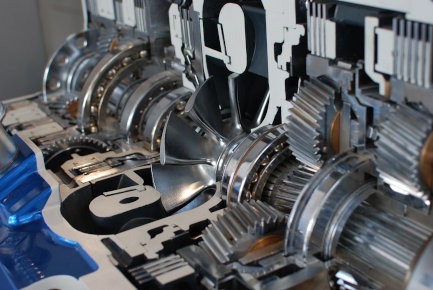
Maintaining an Old Automatic Transmission
The state of your vehicle’s automatic transmission vehicle is less dependent on how you drive your vehicle, but it’s still a wise idea to avoid straining your vehicle if possible. A major cause of automatic transmission systems is heat, and in case you feel your vehicle is struggling on a long incline in high gear, downshift it manually. While this will increase the engine’s RPM, it will relieve the strain on your automatic transmission system.
In case you notice your transmission is slipping or hesitates to get into gear, have it inspected by your mechanic immediately. It’s also important to learn how to check your transmission fluid levels, color, and smell. A healthy automatic transmission will have a cherry red color and a sweet smell. If anything is off, including the color and smell, check into your local bay area transmission center immediately.
There is a lot of debate when it comes to draining versus flushing an automatic transmission. Issues with your transmission after a flush are blamed on sediments and particles that spread during the flush process. Draining, on the other hand, doesn’t always ensure that all the transmission fluid will drain.
For an effective drain, the transmission oil pan needs removing, an extra step compared to removing the plug. You’ll also need a new pan gasket when reinstalling the pan; more reason it should be done by a professional mechanic such as one from AAMCO Bay Area.
It’s also important to note that most vehicle powertrain warranties cover transmission issues for up to 10 years or 100,000 miles.
Expert Transmission Care is Here
Are you experiencing problems with your old transmission? AAMCO Bay Area is a leading auto care service in specializing in Transmission Repair and Service; our qualified bay area transmission experts have the industry knowledge and professional experience to get your transmission system running like new. We also offer Suspension Service and Repair, Air Conditioning Service, Brake Service, and Repair, Engine Maintenance and Tune-up, Factory Recommended Service and many more. Contact us today for a free quote or more information about our services.

 Schedule Appointment
Schedule Appointment








